Sat 9 May 2020
COOKING WOOD- WHAT YOU SHOULD KNOW
Posted by DrSmokeRead other related stories: Cooking With Wood , General Smoking Information , Smoking Tips
No Comments
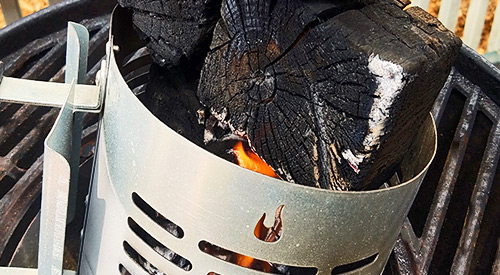
Smokinlicious® Cooking Wood in the chimney starter!
COOKING WOOD WHAT YOU SHOULD KNOW Share on X
I’m going, to be frank. When having an opportunity to search through social media photos of various foods cooked by fire and smoke and seeing a reference to the wood, I get uncomfortable. There doesn’t appear to be the same concern for the choice of wood as there is for the rub, cut of meat, quality of meat, choice of equipment, and sauce.
Why is it that the wood used to flavor the foods grilled and smoked is an afterthought?
Rating Scale for Cooking Wood
Recently, I ran across an article in Reader’s Digest that focused on the dangers of wildfire smoke, especially for those living in areas of the United States that are hit repeatedly by these events. What struck me the most was the Environmental Protection Agency’s Air Quality Index: good, moderate, unhealthy for sensitive groups, unhealthy, very unhealthy, and hazardous. This guide is used to recommend evacuations of locations, use of HEPA filtration to allow people to remain in an affected area, and as a method of gaining valuable data post-fire on the effects, smoke has on plant life. There is considerable data available from tree bark which has long been known to absorb pollutants.
This got me thinking about hardwoods used for smoking, grilling, and overall cooking of foods. There is no regulatory agency that oversees wood used for cooking. Despite efforts to get the Food Safety and Inspection Services division to recognize the risks associated with cooking with wood, no governmental agency has stepped up to offer regulations in this area such as established inspections of equipment and wood.
Why Kosher is important for Cooking wood!
As the manufacturer of all the products sold under the brand SmokinLicious®, we struggled with what steps to take that would demonstrate our commitment to only offer hardwoods that are considered safe for cooking. Although we stressed that we are bark-free (an important step to reduce the exposure to toxins locked in the bark layers), that we only manufacture from the heartwood (an area of the tree that is known to be resistant to insects and decay), and that we manufacture each cut to the wood for the end cooking product, we simply desired some validation of these steps.
Since we’ve always considered the wood another ingredient to cooking, we decided to explore the options from the food perspective. What certification could we apply for that would demonstrate that we are a food-related item? Kosher certification was the perfect place to start!
Certification Means?
For us, the steps we’ve taken to obtain Kosher certification via VA’AD HAKASHRUS OF BUFFALO verified our commitment to keep our manufacturing facility at the highest standard possible. People are drawn to kosher food for various reasons including quality, a healthy lifestyle, food safety, and allergy security. By securing this certification, we can demonstrate to the public that our products satisfy the food quality and safety requirements they should strive for daily. As such, our customers don’t have to settle for an unregulated product that frankly, could contain pretty much anything in the package because, as pointed out, there is no system of check on wood cooking and smoking products.
The SmokinLicious® Cooking Wood Index
Taking a page from the Environmental Protection Agency, I thought it would be helpful to develop an index to use for hardwood intended for cooking. Our grading system is based on toxicity factors of a wood, ease of lighting, sustained burn, coal formation, smoke production, and heat level. Our index is: Excellent, Good, Fair, Poor, Unhealthy.
Excellent: Alder, American Beech, Ash, Cherry, Hickory, Pecan, Maple, Apple
Good: Persimmon, Red Oak, White Oak, Mesquite
Fair: Birchwood, Chestnut, Walnut, Peach
Poor: Aspen, Basswood, Poplar, Sycamore, Butternut, Cottonwood, Elm, Willow, Dogwood
Unhealthy: Buckeye, Hackberry, Gum (Sweetgum)
We hope you will find this guide useful. Use it as a means of sorting through all the types of wood offerings to make an educated decision, to look for key information on the packaging that will confirm you are making a safe decision. After all, why take any additional risks when it comes to the health and safety of your family.
Making you an informed consumer through valuable articles like this one. Hope you enjoyed this blog about cooking with wood! Leave us a comment and subscribe for more great recipes, techniques, tips, and the science behind the flavor, that’s SmokinLicious®.
Products discussed in this Blog:
Wood Chunks- Double & Single Filet
Wood Chips- Grande Sapore®
Charwood

More related reading on Cooking wood, how to use and alter its great flavoring capabilities!
Additional reading:
-WHAT WOOD TO USE FOR SMOKING: A PRIMER
-BEYOND PRICING: THE TOP THINGS TO CONSIDER WHEN PURCHASING COOKING WOOD
-Is It Fresh? Here’s Why You Need to Know
-10 THINGS TO CONSIDER BEFORE PURCHASING WOOD FOR COOKING, GRILLING & SMOKING
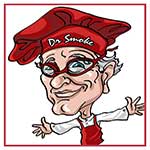
Dr. Smoke- Cooking wood provides great flavor in our BBQ, Smoked Bacon, Ribs and even on Vegetables!

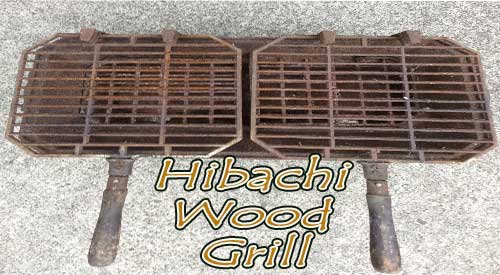
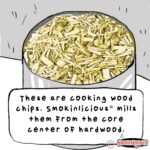
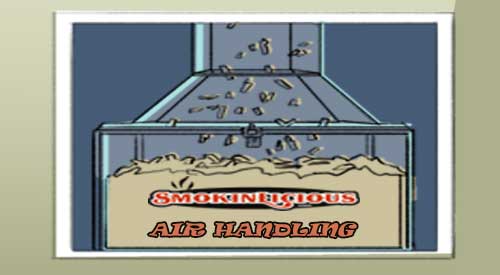

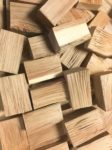
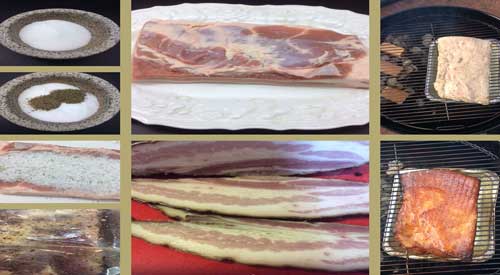

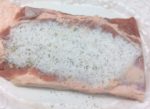
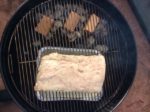
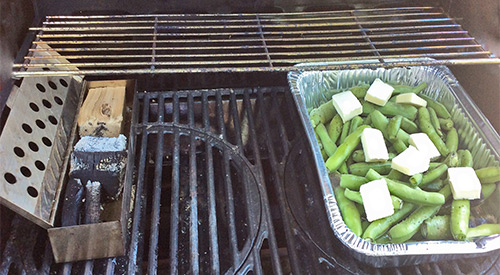


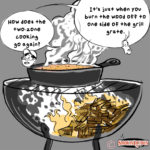


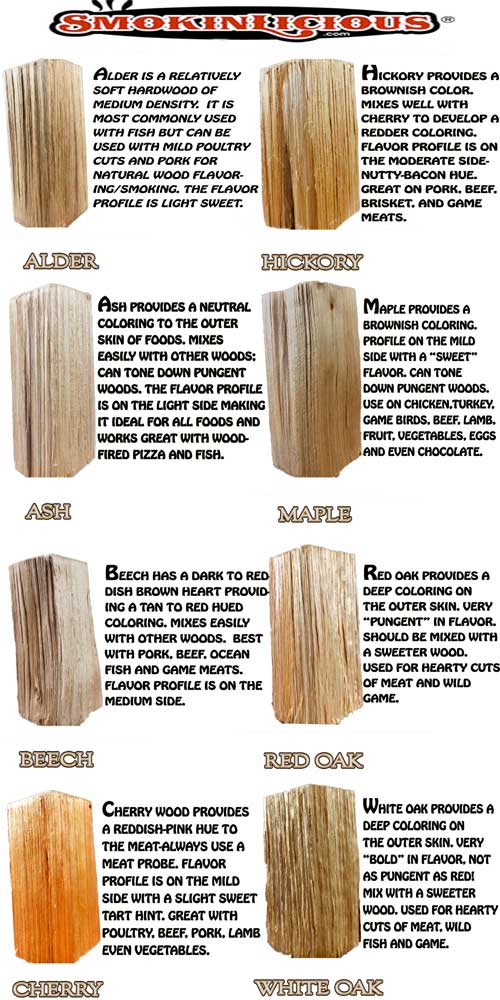
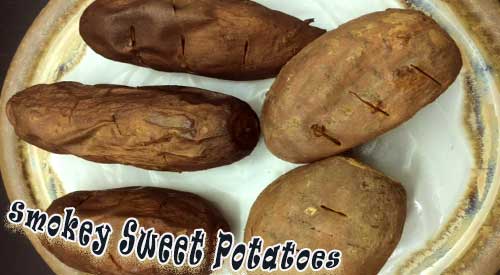
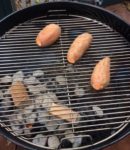
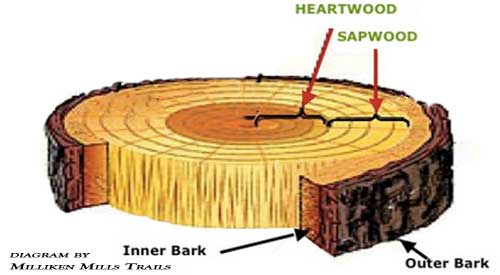
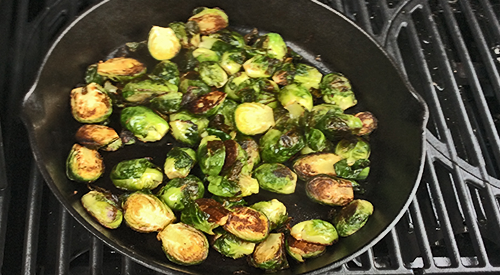


 After stirring a couple of times, both the whole and halved Brussels sprouts are ready in about 20 minutes time. I simply remove them from the heat and bring them in to be added to my favorite recipes.
After stirring a couple of times, both the whole and halved Brussels sprouts are ready in about 20 minutes time. I simply remove them from the heat and bring them in to be added to my favorite recipes.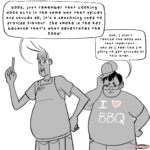


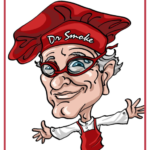
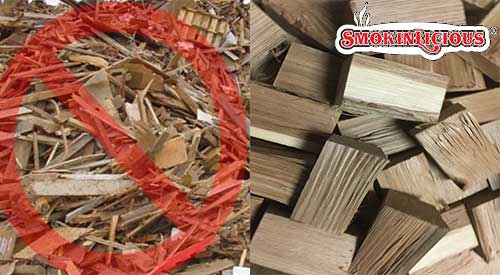
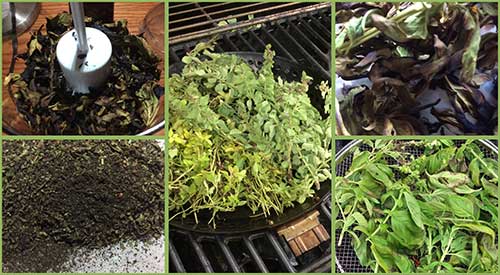
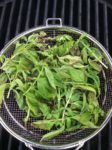
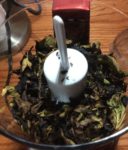
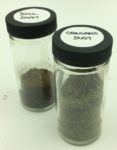
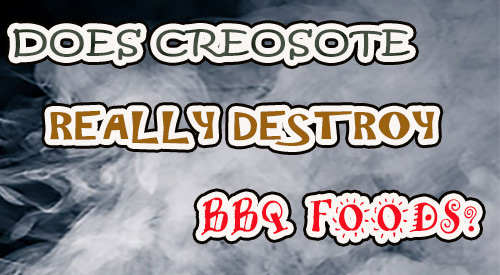
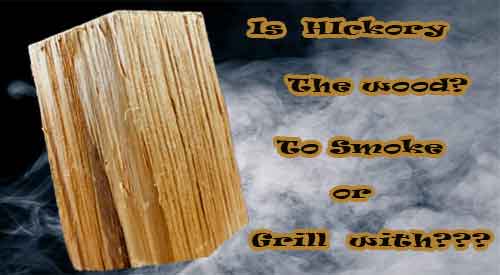
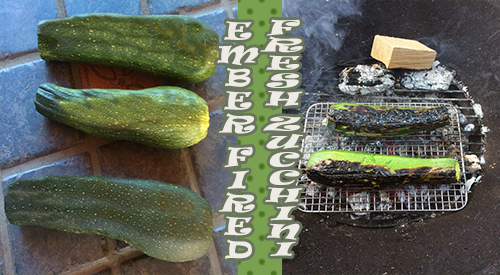
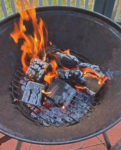 Know this from the start – You do not need a large fire! A small fire is best to accomplish your cooking in about an hour’s time. For my fire, I am using ten SmokinLicious
Know this from the start – You do not need a large fire! A small fire is best to accomplish your cooking in about an hour’s time. For my fire, I am using ten SmokinLicious 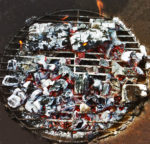 You will know when the coals or embers are ready for cooking when you have uniform coals and they are glowing red from the bottom and gray on top. I keep a couple of larger coals banked to the side to maintain heat and for reserved hot coals. Just in case I need to rake more to the cooking side. I like to nestle a high heat metal cooking rack on the hot coals and then place my
You will know when the coals or embers are ready for cooking when you have uniform coals and they are glowing red from the bottom and gray on top. I keep a couple of larger coals banked to the side to maintain heat and for reserved hot coals. Just in case I need to rake more to the cooking side. I like to nestle a high heat metal cooking rack on the hot coals and then place my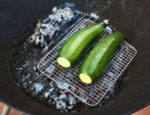 With the zucchini and coal rack in place, I give the embers about 8 minutes to char and cook the first side of the zucchini. After that time, I gently turn the zucchini so that each side gets an even char. Once the first 8 minutes are done, there will be less time needed for each of the other sides as the zucchini will hold heat. I’ve added one additional wood piece to my banked fire just to be sure I have enough heat in the coal area. I will not put the lid on the unit during the entire cooking process as this is open fire cooking. My total coal cooking time is approximately 16 minutes.
With the zucchini and coal rack in place, I give the embers about 8 minutes to char and cook the first side of the zucchini. After that time, I gently turn the zucchini so that each side gets an even char. Once the first 8 minutes are done, there will be less time needed for each of the other sides as the zucchini will hold heat. I’ve added one additional wood piece to my banked fire just to be sure I have enough heat in the coal area. I will not put the lid on the unit during the entire cooking process as this is open fire cooking. My total coal cooking time is approximately 16 minutes. After placing my ember fired fresh zucchini on hot coals for about 16 minutes total, turning several times to get an even char, this spectacular vegetable is ready for eating. You will see, there is very little coal bed left following this technique so remember, if you are cooking more than a
After placing my ember fired fresh zucchini on hot coals for about 16 minutes total, turning several times to get an even char, this spectacular vegetable is ready for eating. You will see, there is very little coal bed left following this technique so remember, if you are cooking more than a 